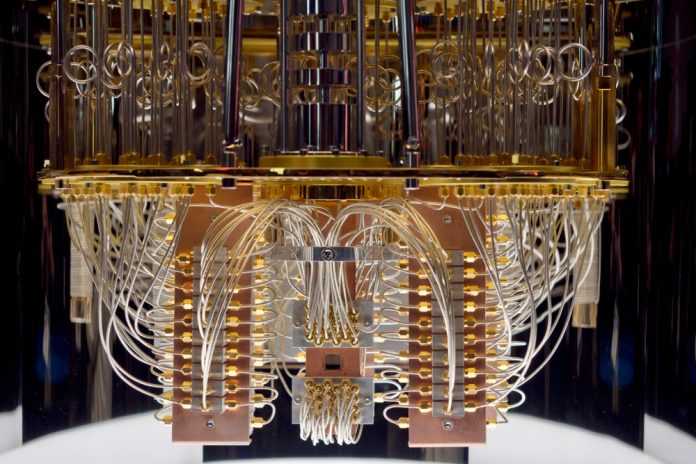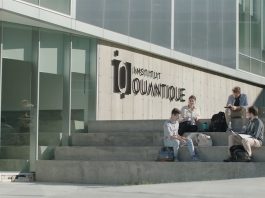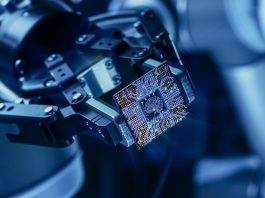The Korea Institute of Science and Technology (KIST) has made a groundbreaking advancement in quantum error correction, a critical solution for the practical application of quantum computing.
Led by Dr Seung-Woo Lee, the KIST team has developed a world-class quantum error correction technology that significantly outperforms previous efforts, marking a major leap forward in the global race for quantum supremacy.
This breakthrough not only sets new global standards but also places South Korea at the forefront of quantum technology development, offering the potential to revolutionise the future of computing.
Quantum error correction: A necessity for scaling quantum computers
Qubits, the fundamental units of quantum computing, are notoriously prone to errors due to their sensitivity to environmental interference.
As quantum systems grow in size and complexity, error rates increase exponentially, making complex computations unfeasible.
Quantum error correction offers a path to address these errors by ensuring that, even as systems scale up, the accuracy of calculations remains intact. Without it, achieving the full potential of quantum computing would be impossible.
With the global race to lead the quantum revolution intensifying, many leading research institutions and corporations are prioritising the development of robust quantum error correction systems.
It is through these advancements that quantum computers may one day perform tasks far beyond the reach of today’s most powerful supercomputers.
KIST’s quantum breakthrough
The KIST research team has achieved a significant milestone in quantum error correction. Their newly developed technology not only outpaces previous efforts but sets a new global standard.
By creating a fault-tolerant quantum computing architecture, KIST has demonstrated that its technology can outperform even PsiQuantum—a global leader in the field.
PsiQuantum, known for its photon-based quantum computing systems, has set a photon loss threshold of 2.7% in its quantum architecture.
This threshold refers to the system’s ability to tolerate photon loss while still maintaining error correction capabilities.
KIST’s new system, however, surpasses this by reaching an unprecedented threshold of 14%, currently the highest in the world.
Moreover, KIST’s method is significantly more resource-efficient, making it a viable and competitive alternative to other leading technologies.
Global implications
This breakthrough is not only a technological achievement for KIST but also a significant milestone for South Korea.
Historically seen as a latecomer in the quantum computing arena, Korea’s leap forward demonstrates its potential to rival and perhaps surpass global leaders in quantum technology.
The development of this advanced quantum error correction technology places Korea on the map as a serious contender in the international quantum race.
Quantum error correction is not only vital for photon-based qubits but is equally important across other quantum systems, such as superconducting qubits, ion traps, and neutral atoms.
This versatility underscores the importance of KIST’s research and positions the country as a future leader in building an independent, world-class quantum computing ecosystem.
The future of quantum computing
Dr Seung-Woo Lee highlighted the importance of error correction in the evolution of quantum computing: “Just like semiconductor chip design technology, designing fault-tolerant architecture is critical for quantum computing.”
His statement underscores that without quantum error correction, even systems with thousands of physical qubits would struggle to perform logical quantum tasks effectively.
While the practical realisation of quantum computing is still some years away, KIST’s advancements bring that future closer. This breakthrough in quantum error correction provides the foundation upon which more complex and reliable quantum systems can be built.









